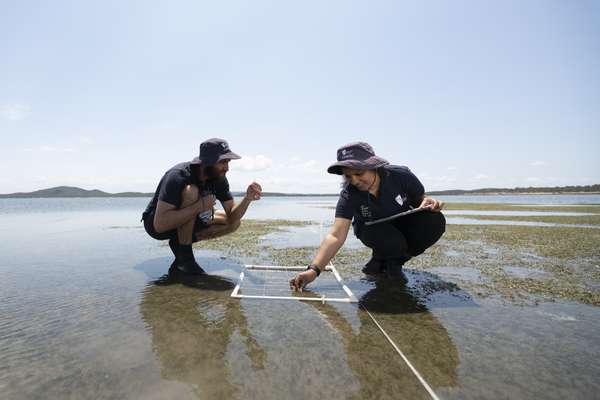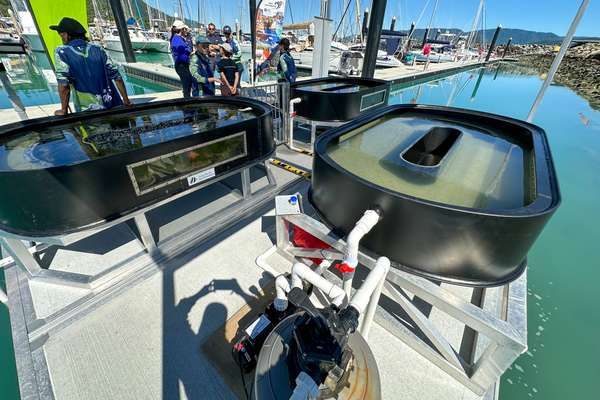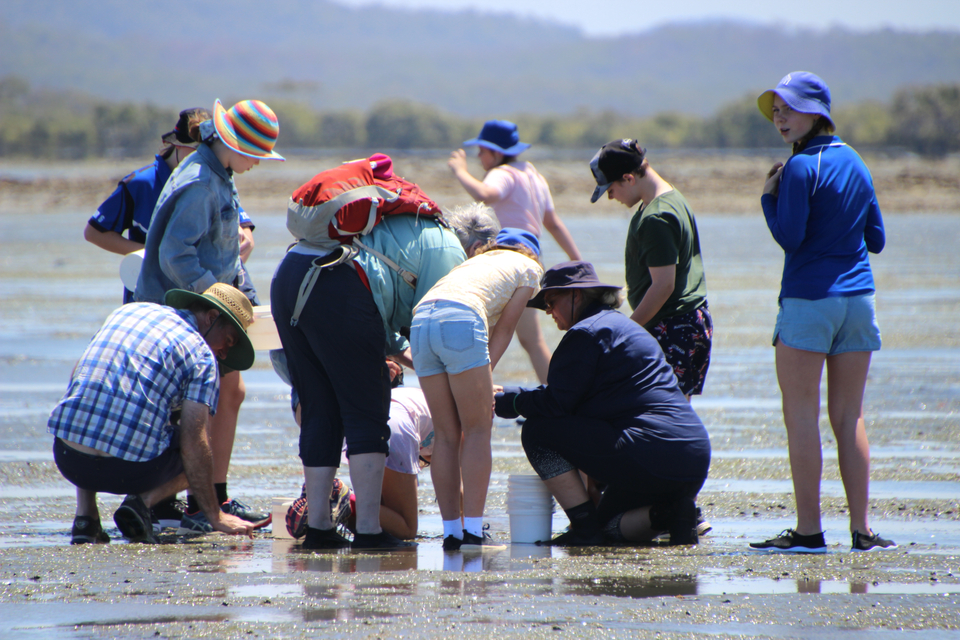Seagrass Flower Collection

Community Volunteers Needed
Learn More About CMERC
Coastal Marine Ecosystems Research Centre (CMERC)
CMERC has been established to work with coastal industries and communities to develop practical and sustainable solutions for our unique coast and marine environments.

CMERC Team
Learn more about the members of the Coastal Marine Ecosystems Research Centre

CMERC Facilities and Equipment
CMERC’s greatest research facilities – the unique ecosystems, industries and communities of the Queensland coast – is right on our doorstep.


